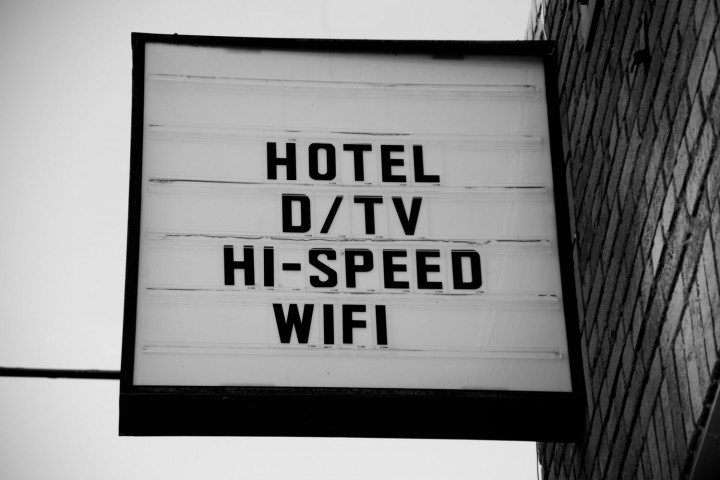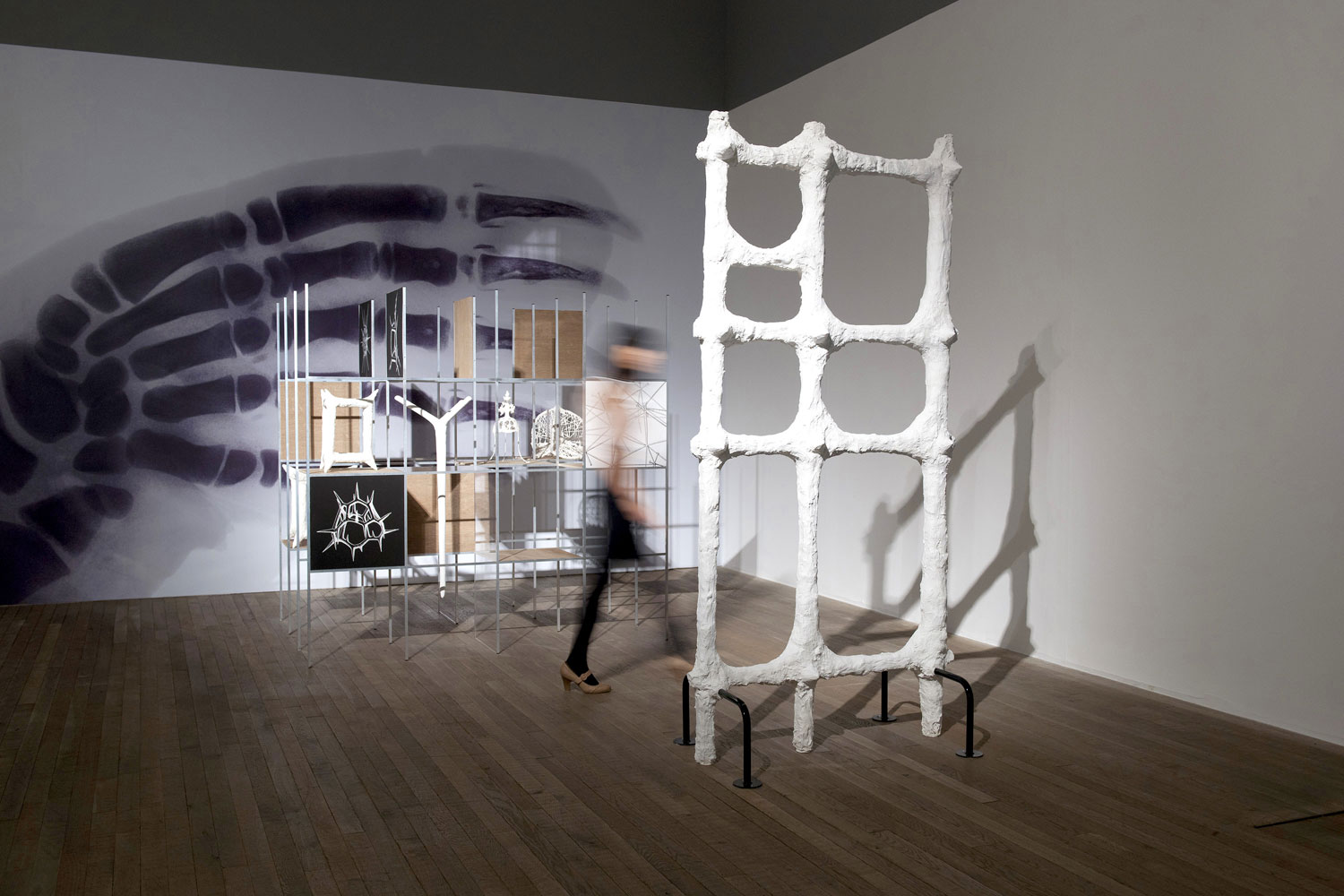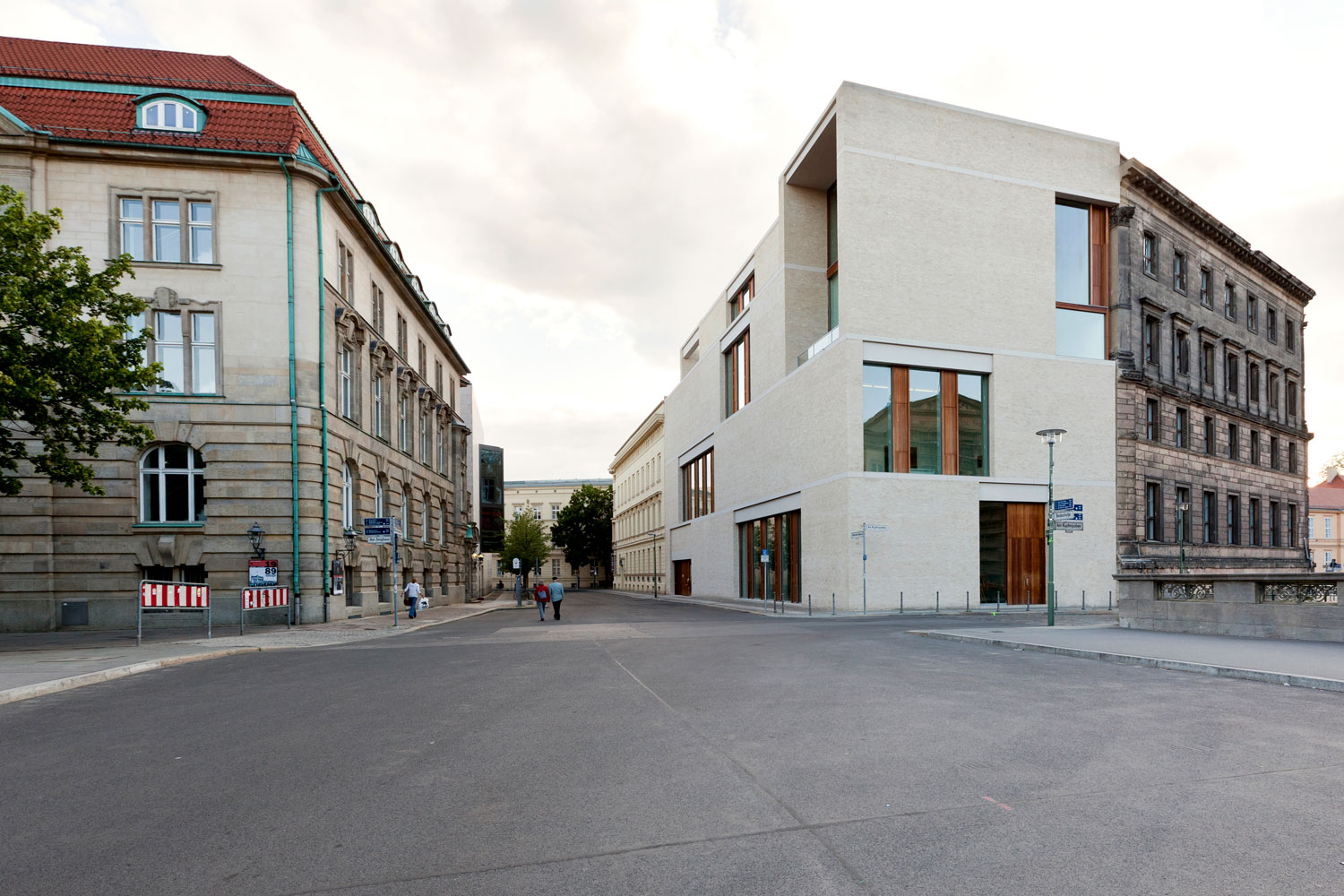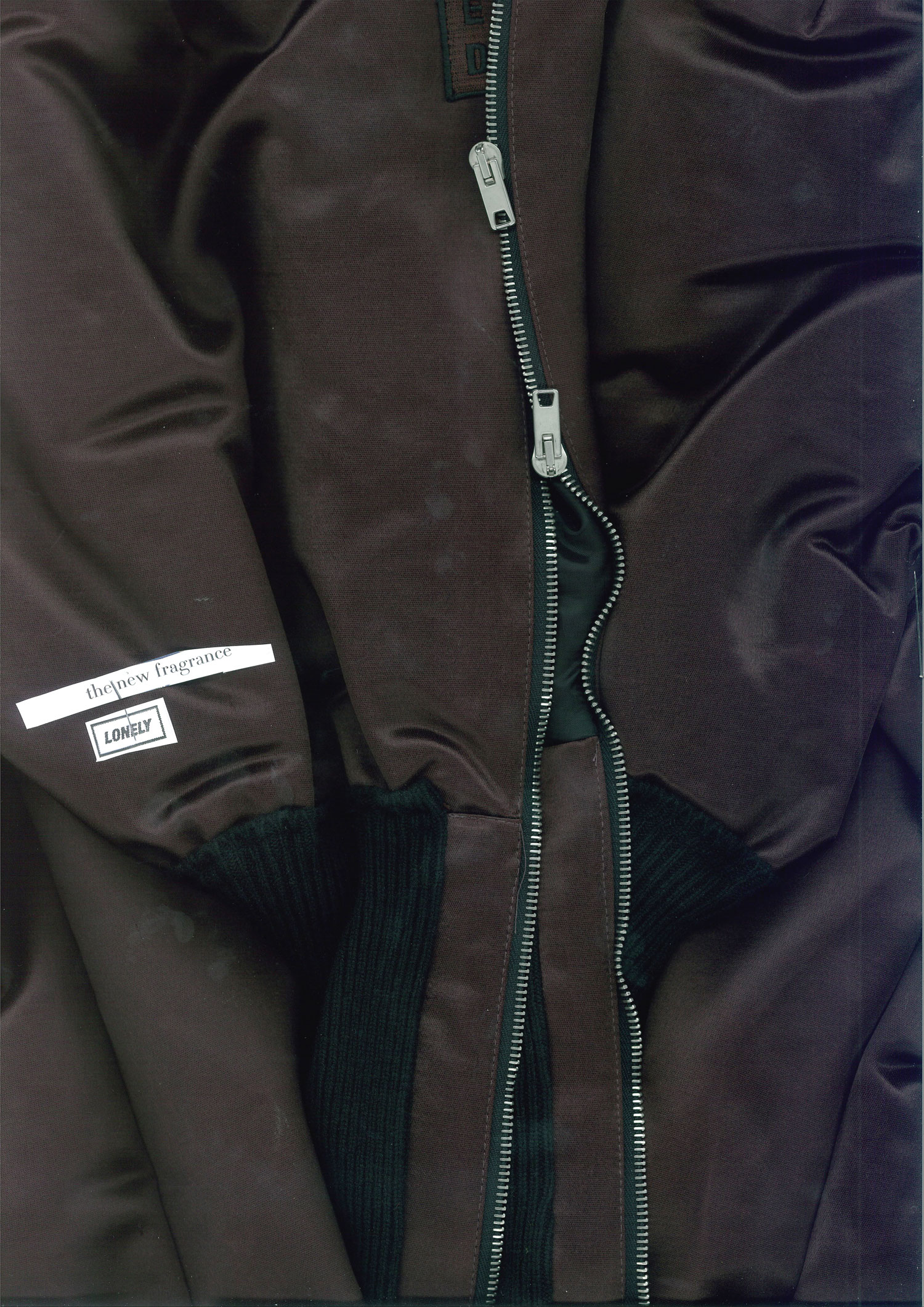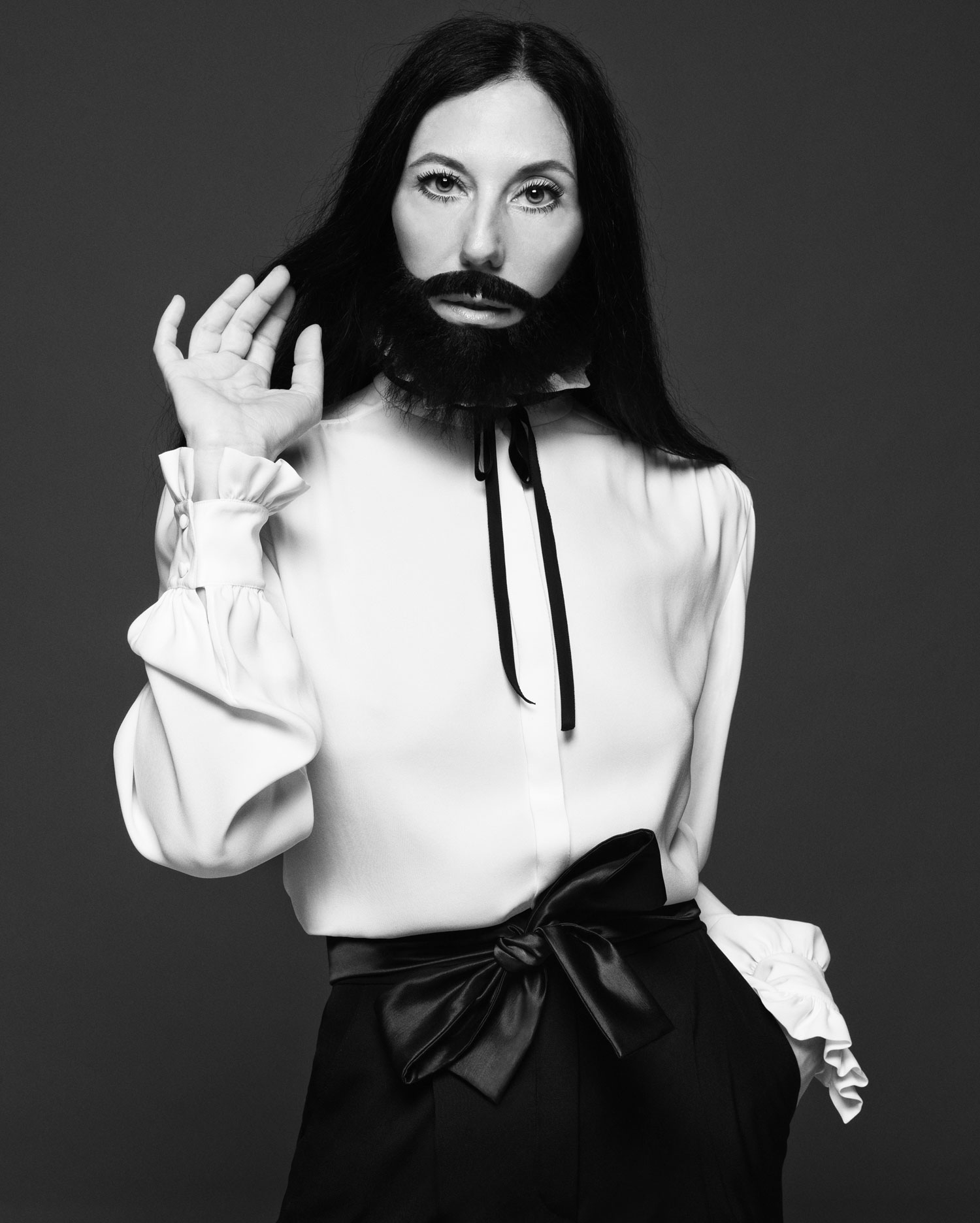
Lauren Mackler is in a flurry of production. “Public Fiction (the museum of)” — her curating platform centered on literature, archives and exhibitions — is spearheading three projects at once. Right now everything seems possible, she says, and it seems that her feeling has indeed materialized, alongside the growing stack of exhibition catalogues and printed matter that sit on the desk in front of her in the Public Fiction Gallery located in the Highland Park neighborhood of Los Angeles. Mackler moved to Los Angeles from New York in 2010, with an idea that the expansive space of the city spelled possibility. There was more room here, nothing was as saturated. Everything looked the same, and yet difference revealed itself upon closer inspection. There was also Los Angeles’s long flirtation with the fictional: the early California Gold Rush days of fast riches and greed, Hollywood and the simulacral reality of spectacle.
First on the list of current projects is the catalogue for the Berkeley Art Museum and Pacific Film Archive show called “The Possible.” It was originally organized as one of the final shows to commemorate the years the museum had spent in the stunning brutalist building near the UC Campus. Public Fiction’s project within that matrix is both a curatorial and a publishing venture, as she’s been doing since her enterprise began. Borrowing objects from different places within the show on a rotating schedule, setting them on pedestals in what appears as a mini-exhibition within the exhibition, Lauren and (in this case) co-curator Luke Fischbeck are sketching an evolving map of the larger show, itself an attempt to provide a context for horizontal cultural production. Public Fiction is about creating contexts and mediating investigations. In this one, it rethinks the virtual and the actual, the objective now and the past, inserting the selected objects on display into their larger institutional context through the projection of historical documentation about the museum on the walls around them. This digital projection of the past among the reality of objective fact, and before the imminent abandoning of its framing structure, is a hologram of Public Fiction’s poetic gesture of discursive production, tottering on the uncertain grounds of its own intermedial process.
The reinvention of Allen Ruppersberg’s Grand Hotel at the Frieze Art Fair in New York has been some years in the making. It began when Mackler staged The California Hotel, in collaboration with Grizzly Grizzly from Philadelphia, for the second month of “The Gold Rush/Manifest Destiny” series. For the accompanying Public Fiction quarterly, she contacted Ruppersberg to publish parts of his archive on Al’s Grand Hotel, which had run at 7175 Sunset Boulevard, Hollywood, CA, from May 7 to June 12, 1971. When Mackler wanted to return the archive, instead, Ruppersberg, who’d been invited by Cecilia Alemani to participate in her tribute shows to artist-run spaces, asked her to take on the project of reinvention. She immediately imagined eleven new rooms and other possible interventions. In the end, influenced by Kaprow’s notion of reinvention, Mackler and Ruppersberg resolved to meld the original experience by restaging two of the rooms, the Jesus Room and the Bridal Suite Room, as hybrids, the historical responsibility of the archivist evidenced in the hanging of large-scale images of all the original hotel rooms on the walls. At night, the TVs will run a curated film festival (with selections of noir films by Al and short art films by Lauren), and an in-Frieze restaurateur will provide room service, in case hotel guests need something to pass through the time warp they’ve opted to sleep in.

Mackler’s curatorial project for the Los Angeles Biennial will involve a mirror structure in which the room within the Hammer Museum will be reflected in Public Fiction’s external museum space at 749 North Avenue 50 on the other side of town. In the official institution, six artists will provide objects to populate the large room on the first floor, and pamphlets by six writers will describe the space (fictionally, with events and projected occurrences that might in fact be true, if only psychologically); the same number of artists will be invited to the satellite space, with six comedians stated to perform (this, in collaboration with writer and curator Sarah Lehrer-Graiwer). Mackler believes in biennials; she says they are a good temperature gauge for a moment. What is she gauging here with this mirror stage? The optimistic energy of imagining the group reflected in the mirror — people, ideas, projects, descriptions and shards of fact — and the public fiction thus propelled? Or is it the comedy of what our public space has become?
“There are benefits and disadvantages to doing things the way I’ve done them,” she says. “I threw myself into this following an idea, and then it’s sink or swim.” The ideas started as an undergraduate, when instead of performing the role of artist she opted for showing her colleagues and friends in storefronts in the Lower East Side. Then, in graduate school in design at RISD, under the influence of Dexter Sinister’s David Reinfurt, she continued her productive interstitial investigations, this time conceiving of graphic design as identifying an archive, reorganizing that archive and redistributing it. Mackler’s method is one of pragmatically networked proliferation, one idea leading to the next, one medium interfering with another and producing something new, one topic cohering an always fairly large mass of participants, curators, artists and writers, providing a host of differing points of view, but with an attention to context. “Public Fiction,” I ask, “what is that?” The definition keeps changing, she says. But it follows from the collision of exhibition and literature, reading and viewing. Part of it was influenced by Werner Herzog’s “Fiction is Truth Liberated From Fact.” Mackler also seems to be going against one of the more prevailing public fictions, at least in our time: that of individualism. Her projects are communal, collaborative, productive and expansive. They work to explode the limitations we catch, a kind of mental flu, by thinking of our selves as single, enclosed in one brain and one body, distinct from the contexts that we contribute to create.
Since she moved to LA in 2010, Public Fiction has produced six publications, twenty-four exhibitions and, within that, an almost uncountable number of performances, dinners and screenings. Doing this in the depths of the financial crisis is a feat of inverse imagination. But there’s still a ways to go before the reality around her projects disappears into the public fiction that it is.

